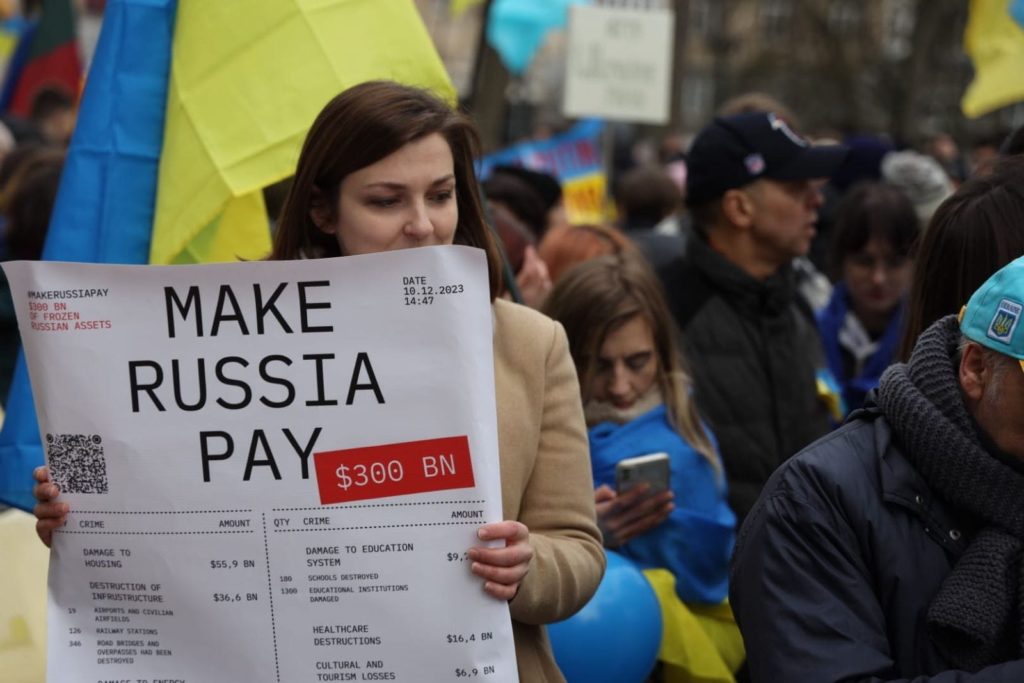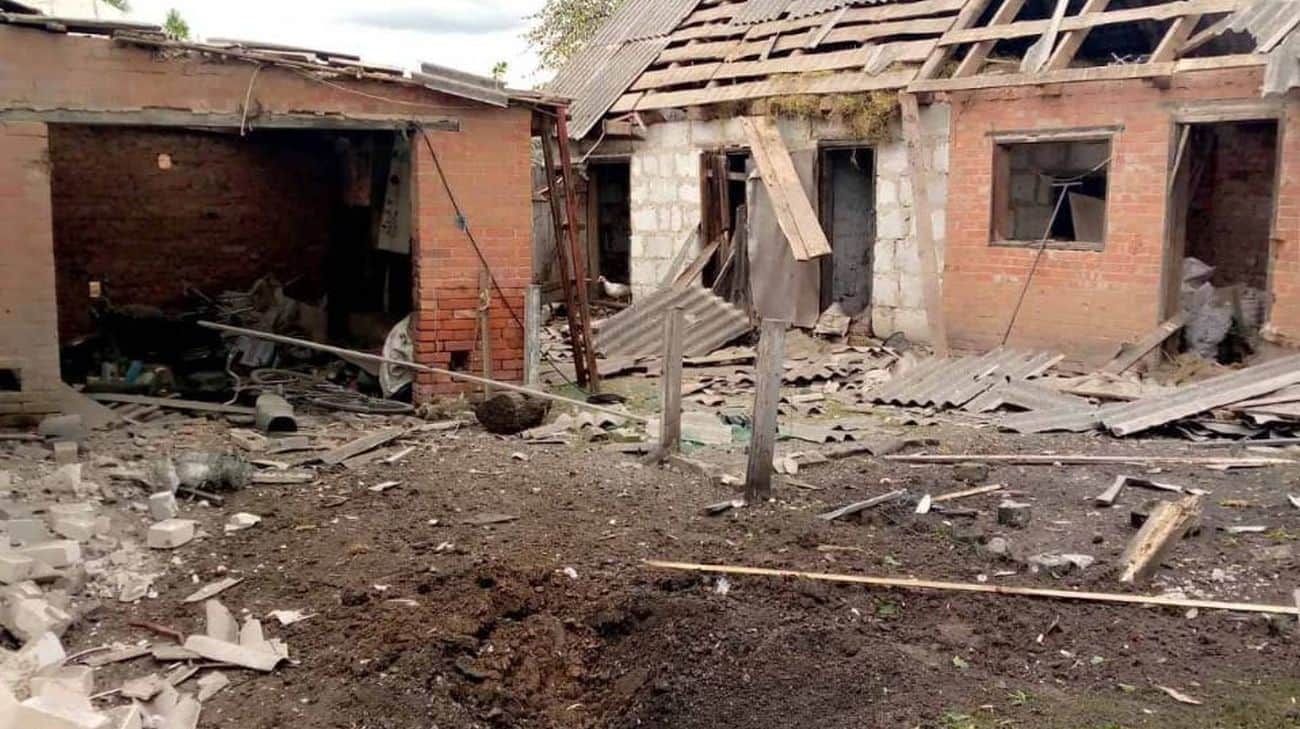Hungary “furious” as EU approves $ 1,5 bn Ukraine aid from frozen Russian assets
EU chief diplomat Josep Borrell announced that €1.4 billion ($1.50 billion) in profits from frozen Russian assets would be made available to support Ukraine's air defense, ammunition, and industry needs, effectively sidestepping Hungary's opposition as it has warmer ties with Russia.


European Union members agreed to allocate €1.4 billion ($1.50 billion) in profits from frozen Russian assets to provide arms and other aid to Ukraine, bypassing objections from Hungary, which holds the presidency of the EU Council.
Hungary keeps close ties with Russia even after Russia’s full-scale invasion of Ukraine compared to other EU countries. Hungarian Prime Minister Viktor Orban criticized other EU member states and NATO for providing aid to Ukraine to defend itself against Russian aggression.
At a meeting of EU foreign ministers in Luxembourg on 24 June, chief diplomat Josep Borrell informed reporters that €1.4 billion ($1.50 billion) in windfall profits would be available in the coming month, with another €1 billion by the end of the year.
These funds would be used to support Ukraine with air defense, ammunition, and assistance for Ukrainian industry, according to Reuters.
An internal Council message seen by Politico revealed that countries had until 11 a.m. on 24 June to voice their opinion, and none cast a negative vote. The decision did not require unanimity, effectively preventing Hungary from blocking it. According to a diplomatic source, Budapest is “furious” at the outcome of today’s decision, Politico reports.
Hungary’s opposition stalled decisions impacting about €6.6 billion ($7 billion) payments for Ukraine under the Ukraine Assistance Fund (UAF).
EU’s plan for the immediate use of profits from frozen Russian assets is separate from a decision by G7 leaders this month to use future proceeds to fund $50 billion in loans to Ukraine, according to Reuters.
Frozen Russian assets are estimated at about $300 billion, mostly held in the EU. This money could fund Ukraine’s long-term contracts for vital defense equipment, including air defense systems, tanks, and aircraft needed to defend itself against Russian aggression. The funding could also provide a significant economic buffer, helping Ukraine withstand prolonged war’s economic pressures.
Related:
- Financial Times: Orbán holds up Ukraine arms funding from frozen Russian assets
- Germany ready to use revenues from frozen Russian assets for Ukraine aid, ministry sources told Reuters
- “Now we make Russia pay”: EU to transfer first $ 1.6 bn in frozen Russian assets to Ukraine
- The $ 300 billion question: Why the West does not confiscate Russian frozen assets despite Ukraine war
- How Ukraine could spend $ 300bn in frozen Russian assets to win the war


